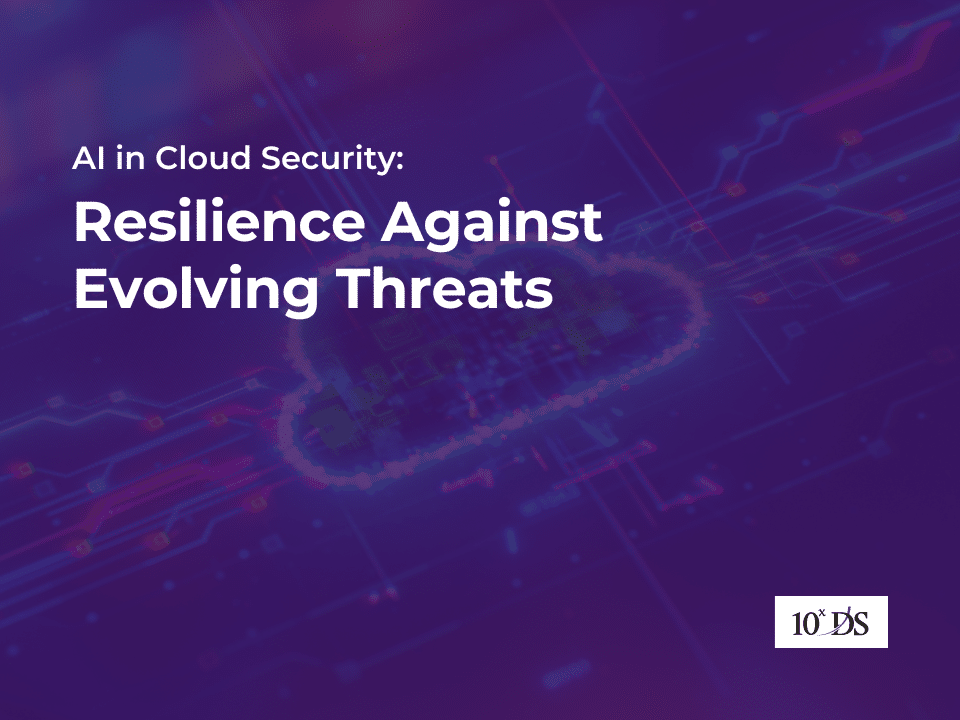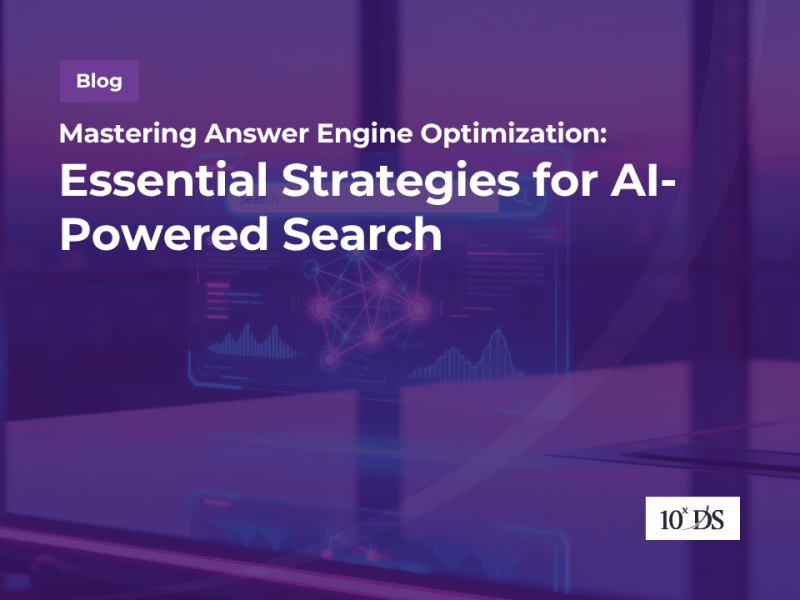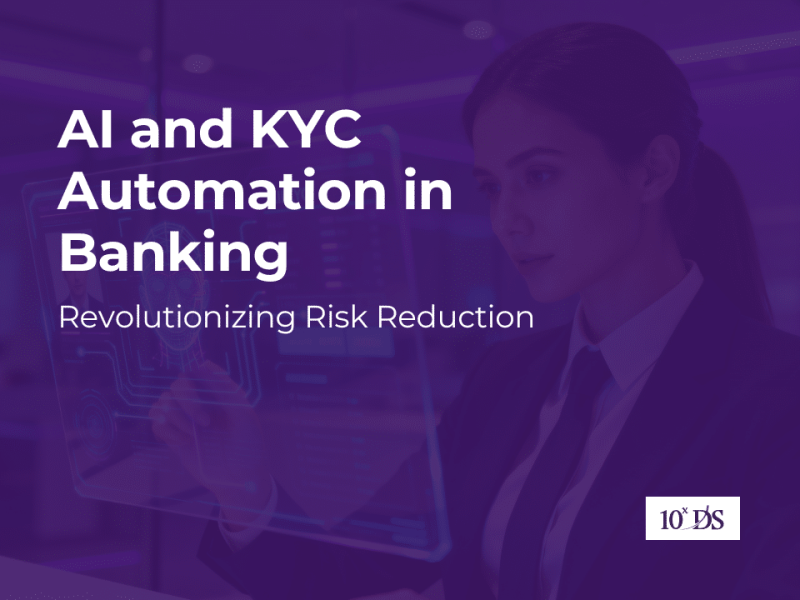
AI in Cloud Security: Resilience Against Evolving Threats
Cloud security has evolved significantly over the years, paralleling the rapid growth of cloud computing. Initially, concerns about data privacy, control, and compliance limited cloud adoption, as traditional security measures were designed for on-premises infrastructure. Early cloud security efforts focused primarily on perimeter defense, such as firewalls and access controls. However, as threats became more sophisticated and the complexity of cloud environments increased, security solutions evolved to include encryption, identity and access management (IAM), and multi-factor authentication (MFA). Modern cloud security now integrates advanced threat detection, AI-driven monitoring, and automated incident response to combat increasingly complex cyberattacks. Additionally, shared responsibility models have emerged, where cloud service providers secure the infrastructure, while organizations are responsible for securing their data and applications. This shift reflects a more holistic, layered approach to protecting cloud environments.
Why Cloud Security Matters:
- Ensures that sensitive data stored and processed in the cloud is safe from breaches and unauthorized access.
- Helps organizations meet regulatory requirements such as GDPR, HIPAA, or PCI DSS by safeguarding customer and corporate data.
- Protects against a variety of cyberattacks like phishing, malware, and denial of service (DoS) attacks that could exploit cloud vulnerabilities.
- Prevents data loss and downtime, ensuring critical services and applications remain operational during attacks or failures.
- Reduces financial losses from security incidents and minimizes the costs associated with remediation, fines, and brand damage.
- Helps manage who can access which resources, ensuring only authorized users have access to sensitive data and applications.
- Provides security solutions that can easily scale with the organization’s cloud use, adapting to new risks as cloud environments grow.
- Strengthens customer trust by demonstrating a commitment to protecting their data, which is vital for maintaining a positive brand reputation.
- Secure cloud environments encourage innovation by allowing businesses to focus on building new capabilities without worrying about security risks.
Cloud security works by combining various technologies, policies, and processes to protect cloud-based data, applications, and infrastructure from cyber threats. It operates on a shared responsibility model, where cloud providers secure the underlying infrastructure (data centers, servers, networking), while organizations handle the security of the data they store, user access, and applications they deploy. Key components include identity and access management (IAM) to control who has access to resources, encryption to protect data in transit and at rest, firewalls to filter malicious traffic, and intrusion detection systems to monitor for suspicious activity. Additionally, regular security updates, automated threat detection using AI, and compliance management ensure that organizations stay protected from emerging threats while adhering to industry regulations.
As AI evolves, there has been an increase in cyberattacks, including breaches in cloud applications. AI itself is a double-edged sword—while it is leveraged by security teams to enhance cloud protection, it is also being used by attackers to launch more sophisticated and automated attacks. Breaches can occur through AI-driven techniques such as automated vulnerability scanning, intelligent phishing campaigns, and adaptive malware that can evade traditional defenses. However, AI also provides powerful tools for fortifying cloud security. Let’s explore the few use cases of AI in Cloud Security.
1. Threat Detection and Prevention:
AI enhances cloud security by automating threat detection and prevention. Traditional security methods rely on predefined rules, but AI systems use machine learning algorithms to analyze massive datasets in real-time, identifying anomalies, suspicious patterns, and new attack vectors that human analysts might miss. By recognizing deviations from normal behaviors, AI can detect potential threats—such as unauthorized access attempts or unusual data transfer activities—before they escalate. Additionally, AI systems can learn from past incidents, continuously improving their detection capabilities to stay ahead of evolving cyber threats. This predictive and proactive approach reduces the window of opportunity for attackers to exploit vulnerabilities in cloud applications.
2. Automated Response and Remediation:
AI enables automated incident response and remediation, making it a crucial tool in fortifying cloud security. When a threat is detected, AI-powered systems can instantly trigger predefined responses such as isolating compromised accounts, blocking malicious IPs, or applying security patches without human intervention. This automation not only accelerates response times but also reduces the risk of human error during critical moments, ensuring swift containment of attacks. AI can also assess the severity of an incident and recommend or initiate appropriate actions, reducing the workload on security teams and allowing them to focus on more complex issues. By automating routine security tasks, organizations can minimize the impact of breaches and enhance their overall defense posture.
3. Adaptive Security and Access Control:
AI-driven systems provide dynamic, adaptive security measures by constantly monitoring user behaviors and adjusting access controls based on real-time context. For example, AI can analyze login locations, device types, and user activity to detect abnormal behavior and apply stricter access policies when necessary. If a user exhibits suspicious activity, AI can automatically require additional verification, such as multi-factor authentication, or even revoke access entirely. This adaptive approach ensures that only legitimate users can access sensitive data, while malicious actors are blocked. AI’s ability to adjust security policies on the fly adds an extra layer of protection, especially in environments where users frequently interact with cloud services from different locations and devices.
In conclusion, AI in cloud security provides advanced, adaptive, and automated defenses against the increasingly sophisticated cyber threats facing cloud applications. With its ability to detect threats in real-time, automate incident response, and dynamically adjust security policies, AI not only fortifies cloud environments but also reduces the burden on security teams. As AI technology continues to evolve, it will become even more essential for organizations to integrate AI-driven security solutions to protect their data, applications, and infrastructure in the cloud. This proactive and intelligent approach ensures stronger, more resilient defenses that can adapt to the ever-changing cybersecurity landscape.
Talk to our Experts to learn more.


